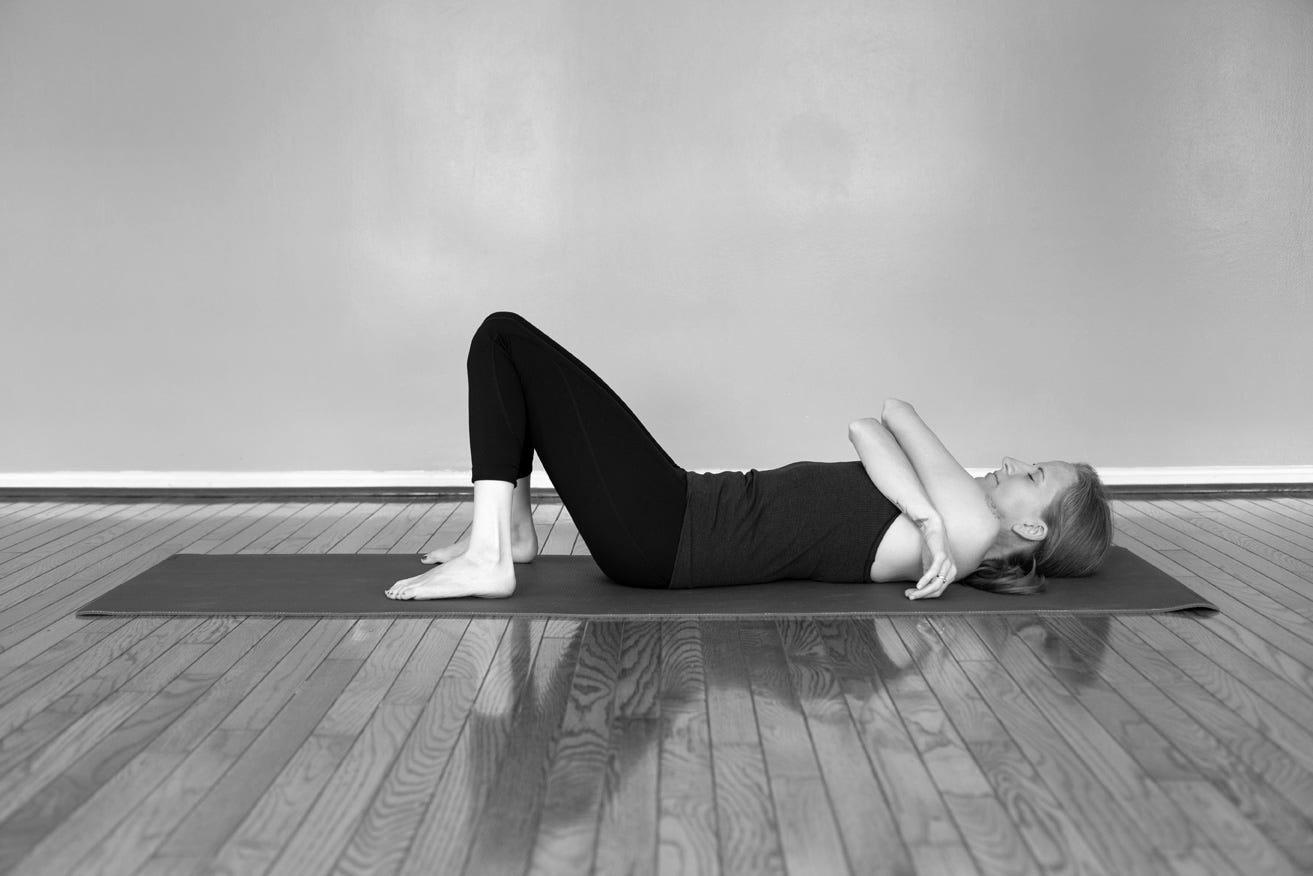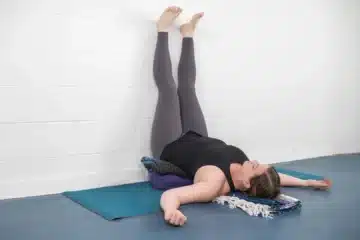Yoga, with its rich tapestry of styles and approaches, offers practitioners a diverse array of tools for nurturing physical vitality, mental clarity, and spiritual well-being. Central to the philosophy of yoga is the concept of Yin and Yang, representing complementary forces that exist in dynamic equilibrium.
While Yang yoga styles such as Vinyasa and Ashtanga emphasize dynamic movement and muscular engagement, Yin yoga offers a counterbalance, focusing on passive stretching and surrender.
This article explores the art of balancing Yin and Yang in your yoga practice, harmonizing strength with surrender, effort with ease, and activity with stillness to cultivate a holistic sense of harmony and wholeness.
Understanding Yin and Yang
In traditional Chinese philosophy, Yin and Yang represent opposite yet interdependent forces that permeate the universe.
Yin is characterized by qualities such as receptivity, gentleness, and stillness, while Yang embodies qualities of activity, strength, and dynamism.
Within the context of yoga, Yin and Yang manifest in various practices and styles, each offering unique benefits and insights into the nature of balance.
Balancing Yin and Yang in Asana Practice
Incorporating both Yin and Yang elements into your asana practice can promote physical resilience, flexibility, and energetic balance.
Yang-oriented poses, such as Sun Salutations and standing sequences, build heat, strength, and stamina, energizing the body and awakening the muscles.
These dynamic movements help improve cardiovascular health, enhance circulation, and cultivate a sense of vitality and empowerment.
Conversely, Yin poses, characterized by passive stretching and long holds, target the deeper connective tissues, promoting flexibility, joint health, and relaxation.
By integrating both dynamic and static postures into your practice, you create a harmonious balance between effort and surrender, stimulating the flow of prana (life force energy) throughout the body and fostering a sense of holistic well-being.
Cultivating Yin and Yang in Breathwork and Meditation
Breathwork and meditation offer additional avenues for balancing Yin and Yang energies, nurturing mental clarity, and emotional equilibrium.
Yang-oriented practices, such as Kapalabhati (skull-shining breath) and Bhastrika (bellows breath), generate heat and invigorate the body, sharpening focus and increasing alertness.
These dynamic breathing techniques can be incorporated into the early stages of your practice to awaken the senses and prepare the mind for meditation.
In contrast, Yin-inspired breathwork, such as Nadi Shodhana (alternate nostril breathing) and Sitali (cooling breath), fosters relaxation, soothes the nervous system, and promotes inner calm.
By alternating between stimulating and soothing breath practices, you can create a balanced internal environment, harmonizing the opposing forces of stimulation and relaxation within the body-mind complex.
Honoring Yin and Yang Off the Mat
The principles of Yin and Yang extend beyond the physical practice of yoga, permeating every aspect of our lives. Cultivating balance between action and rest, work and play, effort and surrender is essential for overall well-being and fulfillment.
Off the mat, you can nurture Yin qualities by carving out moments of stillness and introspection, prioritizing self-care, and embracing the art of non-doing.
Conversely, cultivating Yang qualities involves engaging in purposeful action, pursuing goals with determination and passion, and embracing challenges as opportunities for growth.
By honoring the interplay of Yin and Yang in your daily life, you create a harmonious rhythm that supports vitality, resilience, and inner peace.
Conclusion
Balancing Yin and Yang in your yoga practice is not about choosing one over the other but rather embracing the dynamic interplay between opposites.
By integrating dynamic movement with passive stretching, effort with surrender, and activity with stillness, you create a holistic practice that nourishes body, mind, and spirit.
As you explore the art of harmonizing Yin and Yang, remember that balance is not a fixed state but a continual process of adjustment and adaptation. By honoring the wisdom of opposites, you cultivate a deeper sense of harmony, resilience, and wholeness both on and off the mat.



